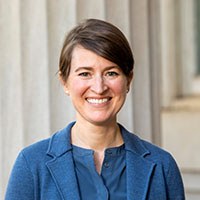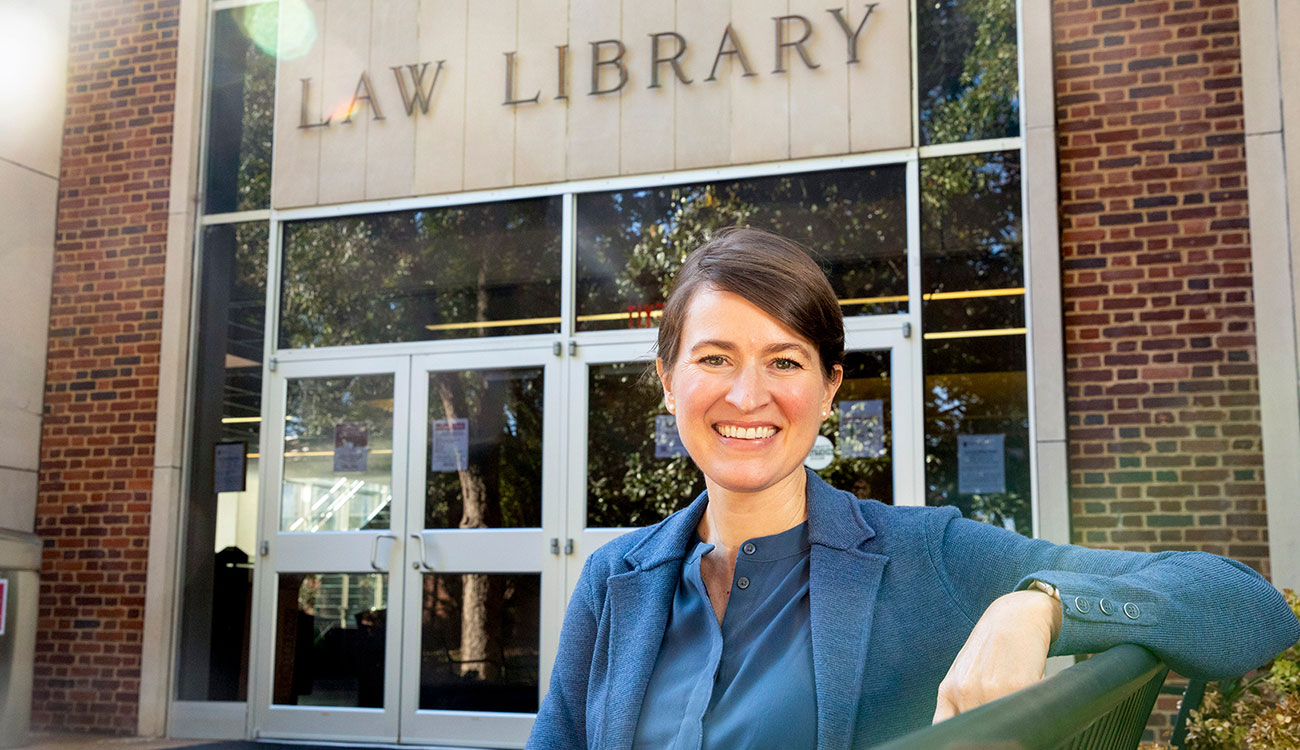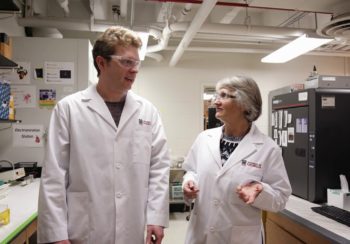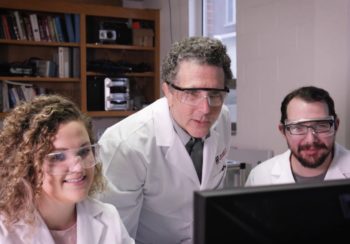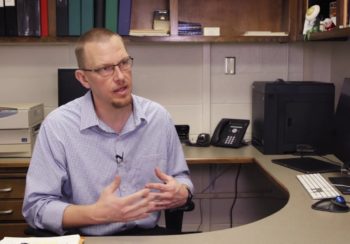A woman reached out to a lawyer after she began having medical issues caused by pelvic mesh, a medical device used to treat incontinence.
She wanted to sue because the mesh was breaking apart inside her, as it had with hundreds of thousands of other women—in many cases, puncturing organs.
So was grouped with other plaintiffs in a large lawsuit against the manufacturer called a mass tort.
She was getting worried about the direction of her case, when her attorney told her, “If you don’t settle, then I’m going to withdraw from representing you, and you’re not going to see a red cent.” She began to feel like her own lawyer didn’t have her best interests in mind.
This is a true story, and it’s one that is much too common in the world of mass torts, said Elizabeth Burch, who holds the Fuller E. Callaway Chair of Law at the University of Georgia. Mass torts are often resolved through “multidistrict litigation,” a procedure used when a company causes harm to thousands of individuals across the United States, but when the individuals are not all similarly harmed, as in a class action.
Burch has corresponded with over 400 women suing for harms from pelvic mesh. Those conversations are part of an ongoing research project looking at the mass tort system from plaintiffs’ point of view. With over 100,000 women involved, the pelvic mesh case is the largest mass tort since the asbestos case.
As she laid out in her most recent book, Mass Tort Deals, Burch believes that the mass-tort system is failing many plaintiffs and that reform is necessary.
“Left unchecked, plaintiffs’ attorneys’ self-interest can take over,” said Burch. “And there are no checks. Consequently, there is an urgent need to improve the mass-tort system as a whole.”
Expectations v. Reality
There is this idea that the legal system will allow those who have been harmed their “day in court,” but mass torts plaintiffs don’t get that. Less than 3% of these types of cases end up in a trial.
“Many of the plaintiffs share how they are frustrated about the justice system as a whole,” said Burch. “Their cases are handled by lawyers they didn’t choose, in a place they didn’t choose, before a judge they didn’t choose, who may work on the other side of the country.”
With mass torts, even if you hired a local lawyer, you’ll probably be referred to an attorney who specializes in these types of cases. The cases are then grouped under one judge in a given court, and this judge picks a committee of lawyers, who are effectively in charge of all of the cases.
“This means that when you want to have a question answered about your case, it can be very hard to get those answers sometimes,” Burch said. “You can’t just call your attorney on the phone for an update.”
It is also up to these selected attorneys whether and how to settle.
Many plaintiffs involved in the pelvic mesh mass tort said they “feel bullied by the people who are supposed to be their biggest advocates” and pressured to settle even when it might not be in their best interest. In some cases, plaintiffs have to dismiss their lawsuit to enter into a settlement program without knowing what, if anything, they will receive under the settlement. Some are left with nothing.
